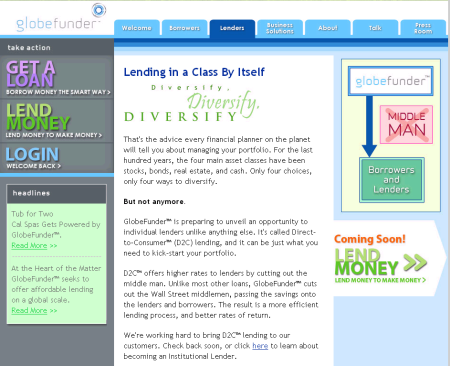
Updated: Just after I wrote this, access to the Loanio website has been restricted again.
Finally! After more than a year of anticipation and announcements Loanio has entered the p2p lending stage. When I looked there were no loan listings yet, so let’s have a look on the concept in the meantime.
Borrowers
US residents with a VantageScore (Experian) of 569 or with a Co-Borrower with a higher score can borrow at Loanio, provided Loanio is licensed in their state. Currently this is not the case everywhere (e.g. when I looked today, it was not available to California or Florida borrowers). The maximum loan amount is dependant on the state limits (e.g. 25.000 US$ in New York).
Terms are 36, 48 or 60 months. Borrowers can repay the loan early without penalties.
Borrowers pay a origination fee of 1 to 4% of the loan amount (dependant on credit grade). Borrowers can opt for platinum verification which costs 35-45 US$. If chosen, Loanio verifies photo identification, proof of income, bank account, employment, salary, postal address and homeownership.
Second loans are possible if the first loan has been paid at least 6 months on time.
The initial interest rate is set by the borrower. If the listing ends with less then 100% but more then 35% funding, the borrower can elect to accept a loan for the funded amount (partial funding).
Lenders
All US residents can lend. Lenders are charged a 1.25% annual servicing fee. Lenders bid at the interest rate they want, lowering the interest of fully funded loans in an auction based style.
Co-Borrowers
Co-Borrowers have so far not been used often in peer to peer lending. To make loans to users with lower credit grades more secure for lenders Loanio introduced this feature, which might be used by close relatives or friends of the borrower.
